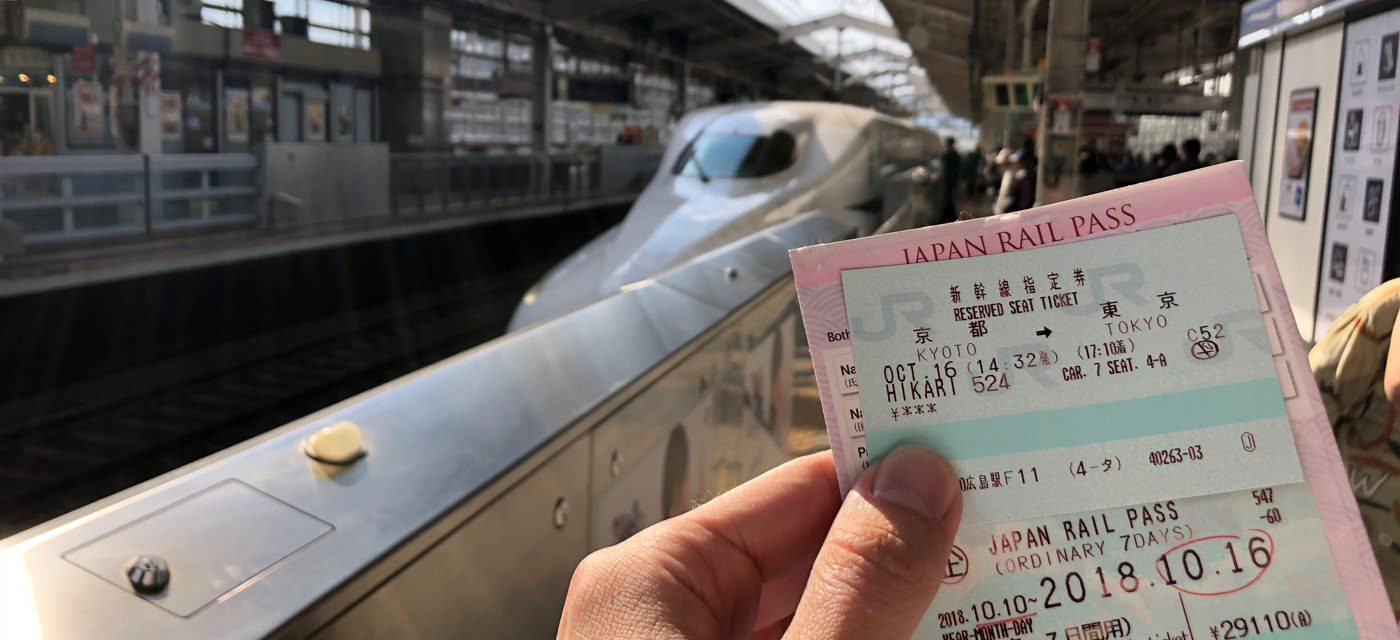
Lost in copywriting – experiencing Japan as a designer
Posted on November 12, 2018
The nature, architecture, people, language, food and culture. During my trip to the mesmerising country of Japan in October this year, I felt there was no end to the impressions I got. In this post, I’ll tell you what stood out about design.
Was it playing Super Mario World as a kid in the early 90s? Could it have been eating sushi when going to college on the Swedish west coast? Maybe seeing Sofia Coppola’s masterpiece Lost in Translation multiple times had something to do with it.
I don’t know, but for the past few years my curiosity about Japan had been steadily increasing. This fall I finally stopped dreaming and booked a flight to the land of the rising sun.
In this post, I’ll tell you what made impressions on me as a designer.
Riding the Tokyo subway with 38 million people
I started my trip in the nation’s capital of Tokyo. For getting around in this mind-blowing city, the subway is the best choice by far.
Since most of the city’s 38 million inhabitants also prefer the subway the experience is at first overwhelming, but after a few rides completely manageable (as long as it’s not during rush hour).
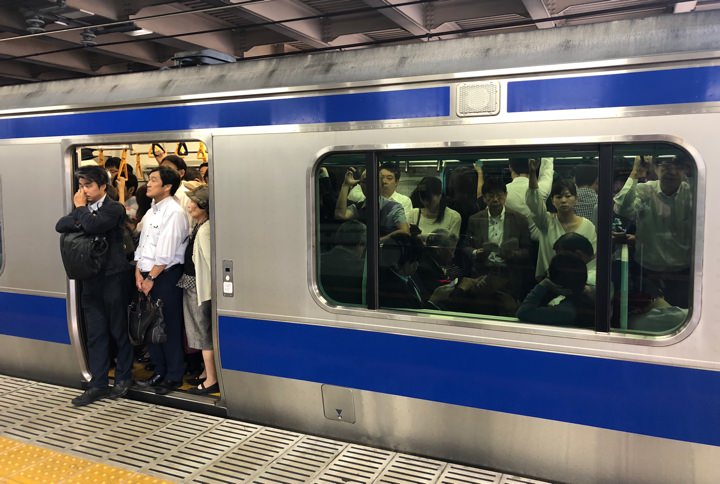
In the Tokyo subway there are multiple transportation companies running lines. Tokyo Metro has nine lines while Toei Subways has four. In addition to this, the nation-wide company Japanese Railways (JR) has five train lines running through the city.
At most stations, these three companies share the space. If you’re changing from one line to another, it often means having to change company and buying a new ticket.
Luckily, you can purchase so called IC cards (Intelligent Cards) by Suica and Pasmo that work with all of these companies. You charge them with money at terminals (with English as a language option) found at all stations. Then you just scan your card when entering and exiting station gates. Simple.
Getting an IC card from Pasmo or Suica is a must for riding the Tokyo Subway since they work with all three subway companies.

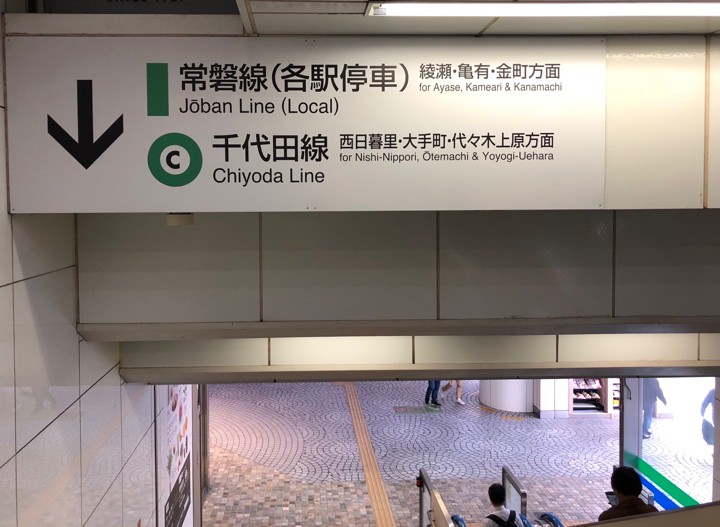

Since the Tokyo subway maps looks like a bowl of spaghetti, using an app for finding your way is highly recommended. For English speakers, the popular choice seems to be Hyperdia. Apart from getting around in Tokyo subway, Hyperdia can also be used for navigating across the rest of Japan.
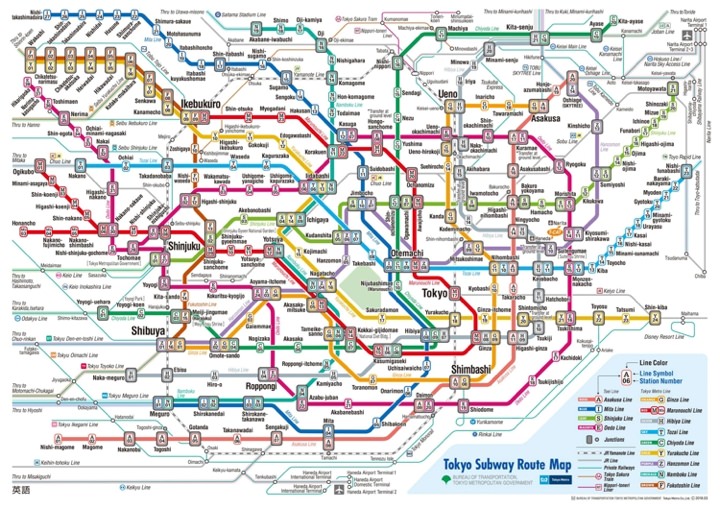
When it comes to usability, there’s definitely room for improving Hyperdia. When entering station names you get no suggestions and if you misspell a name the app is completely unforgiving. The latter is an issue from time to time since station names sometimes are spelled differently on Google Maps.
Despite its flaws, I quickly became an expert user of Hyperdia and had no troubles finding the most convenient routes in the Tokyo subway.

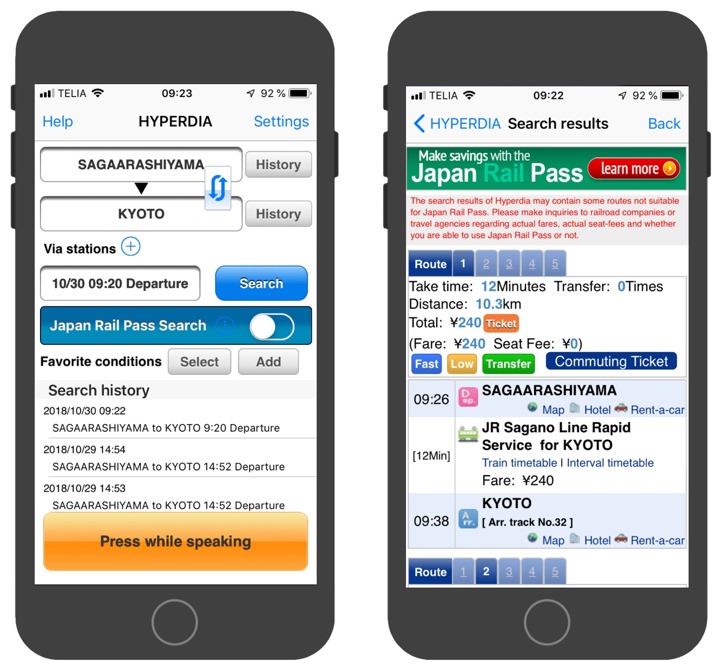
If you get lost at a subway station you only need to approach one of the locals, smile, utter “Sumimasen” (excuse me) and mention the subway line or exit you’re looking for.
The people I met were lovely and incredibly helpful (especially if you’re polite and know a few phrases in Japanese). They might even follow you to your platform make sure you don’t get lost again.
Great service design getting a Pocket Wifi
If you’re travelling alone in a foreign country where you don’t know the language, having reliable access to the Internet is a good idea.
In Japan, renting a Pocket Wifi (a portable 4G/LTE router) is the recommended course of action. There’s a lot of providers to choose from, but they all work in a similar fashion.
First, you select the time period followed by what router model you prefer. All models are clearly marked with bandwidth, battery length (an extra battery is often included as well) and data limit. Then, you choose where to pick up (and later drop off) your order. You can do this at all major airports in Japan or have it delivered to your hotel, hostel or AirBnB host.
If you prefer, you can include a pre-stamped envelope so you can drop off your Pocket Wifi at any Japanese post office before leaving the country. Simply brilliant service design!
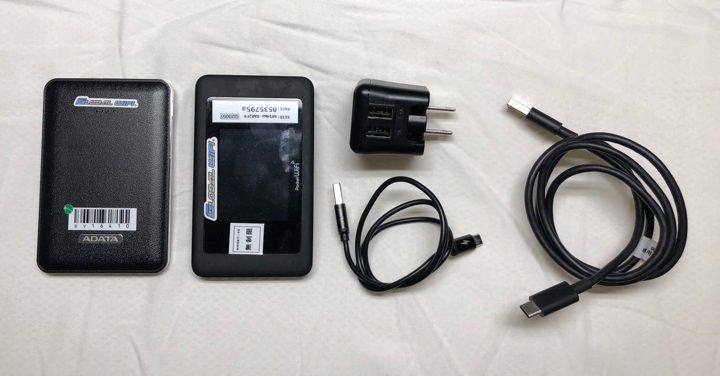

Clean and coherent design at 9 Hours capsule hotel
A popular and cool alternative to regular hotels in Japan are the affordable capsule hotels found across the country. Instead of sharing bunk beds with strangers in a large dorm room, you get your very own capsule built into the walls of the hotel. I Kyoto, I spent two nights at the capsule hotel chain 9 Hours.
I was very impressed by the hotels simple and coherent design. From the chain’s website, to the hotel lobby and finally to the capsules the design was consistent and clean with its white color, dark iconography and text both in Japanese and in English.
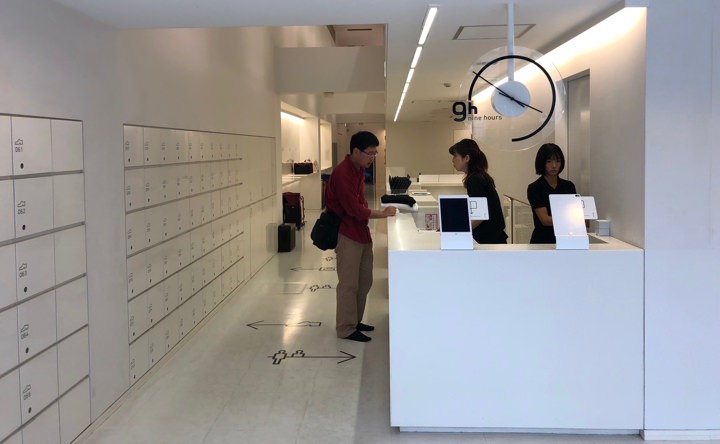
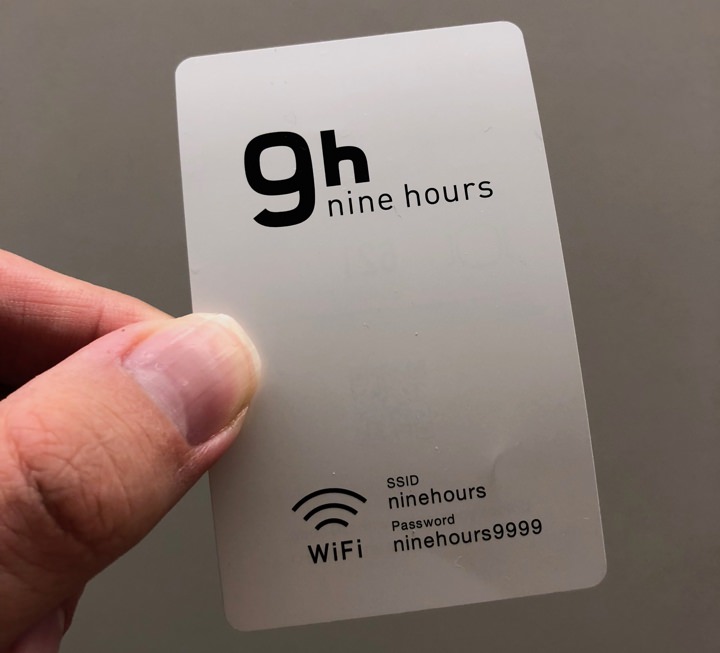
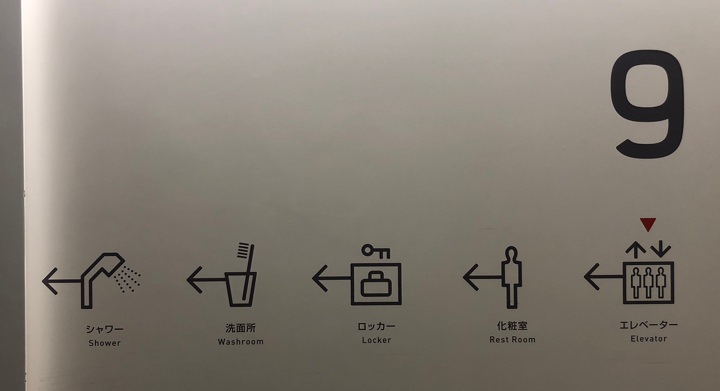
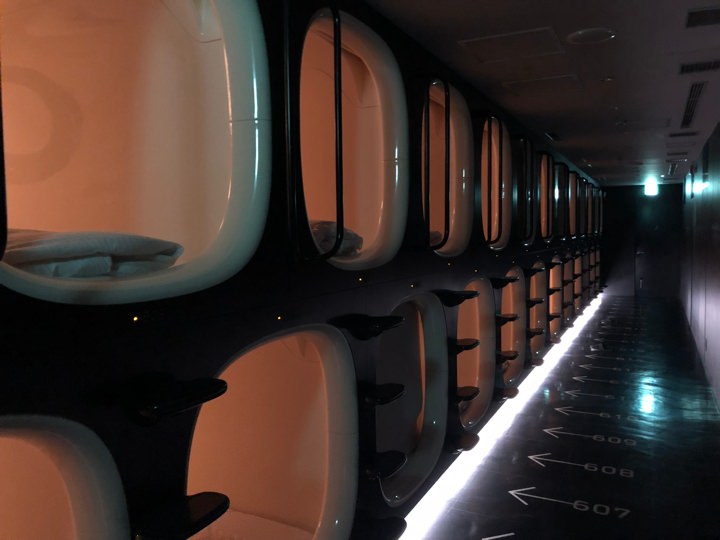

Accessible streets, railroad cars and subway stations
In recent years, I’ve spent a lot of time giving lectures on and working with accessibility. Therefore, I was glad to see the amount of work put into making railroad cars, streets and subway stations accessible throughout Japan.
In Hiroshima, elevated and clearly marked yellow sections ran along all the city’s major sidewalks. If they ended at a crossing, they continued on the other side. The areas near elevators and escalators were made accessible in the same way.



Simplicity, reliability and freedom at 320 km/h
If you’re going to visit more than one city in Japan, getting a Japan Rail Pass is a must. With this pass you can travel as much as you want on the majority of the country’s Shinkansen (bullet trains) as well as all regular JR trains and busses throughout the country. In the Tokyo subway you can also ride all the lines run by JR with the pass.
The Japan Rail Pass can be purchased for one, two or three weeks and is only available for foreigners or Japanese citizens who can prove they’ve been living outside of Japan for at least ten years. Before leaving for Japan, your order a voucher that you later exchange for the actual pass at any JR office on Japanese soil.
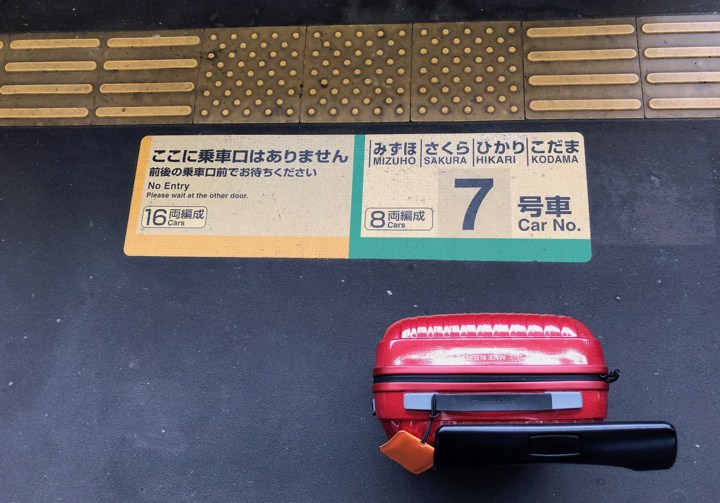
Once you have your pass, all you need to do is to show it to the JR staff and they let you through the station gates. Once you pass the gates, you can hop onto any train and go wherever you want.
Seat reservation are optional on most lines and as long it isn’t tourist season or a national holiday there’s usually lots of available seats in the unreserved railroad cars. If you want to make seat reservations, you have to do it at a JR office in Japan.
The sense of simplicity and freedom riding the Shinkansen with the Japan Rail Pass is hard to explain. It felt like an adventure!
Riding the Shinkansen is as easy as it is reliable, since the bullet trains always leave on time. However, last year a “national scandal” occurred when of the trains left a station 20 seconds too early.
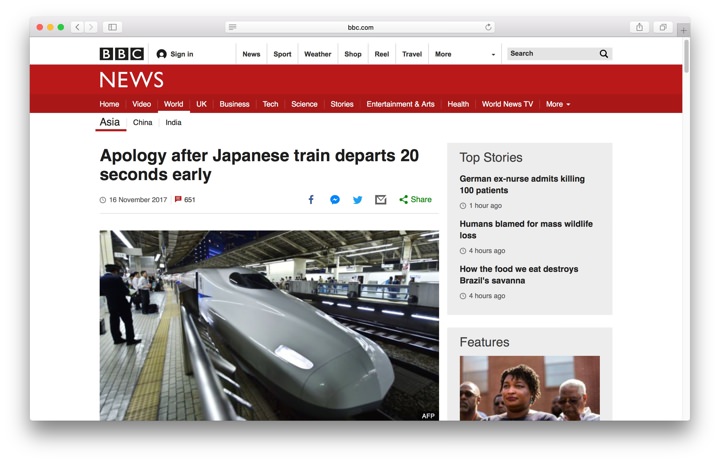
Ordering food using a ticket machine
When eating at restaurants in Sweden, I often feel being served by a waiter at a table is a complete waste of everyone’s time. If you agree with me, you’ll love eating out in Japan.
At many restaurants in Japan you don’t order food from a waiter or waitress, instead you put money in a ticket machine and get a ticket for each dish you want to order. Then, you just hand your tickets to the staff and wait while your meal is being prepared.
On these ticket machines you can’t expect to find the names of the meals in English, but you’ll always find a photo and the price.
Relying on these machines can be challenging if you’re vegetarian, vegan or are allergic to some ingredients. If so, just ask the staff and they will surely do their best to help.
When you’ve finished your meal just get up, say “Gochisosama deshita” (thanks for the delicious meal) to the staff and leave. You don’t have to leave any tips in Japan. It’s actually considered downright rude to do so.
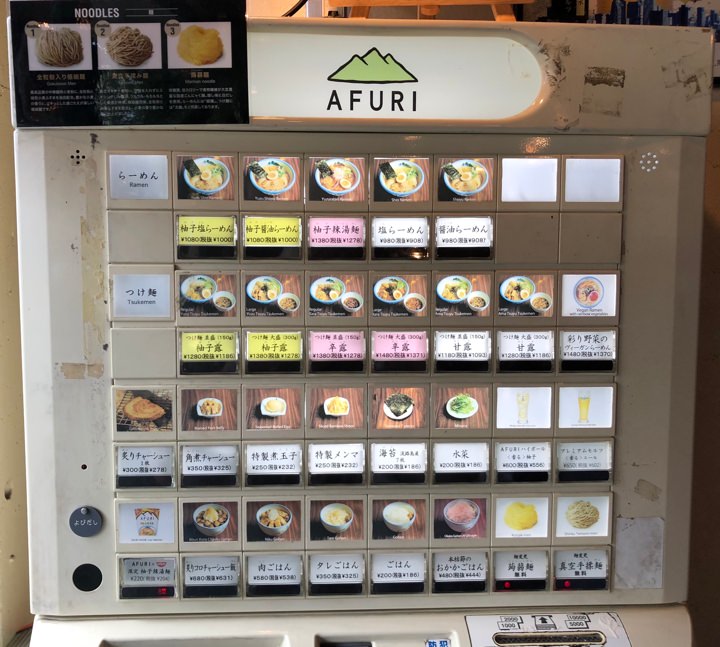

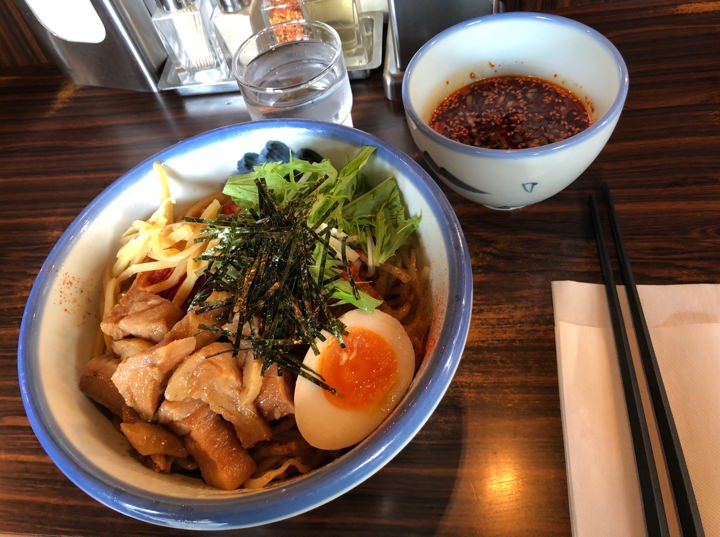
A basket for your bag at restaurants
Another thing that made eating out better compared to back home was how every restaurant and café had made it comfortable to store your bag and clothing.
If I was eating at fast food joint or visiting a fancy café I would always find a basket under or next to my seat where I could place my shoulder bag or jacket while dining. It made so much sense to me that I boggles my mind I’ve only seen it in Japan.
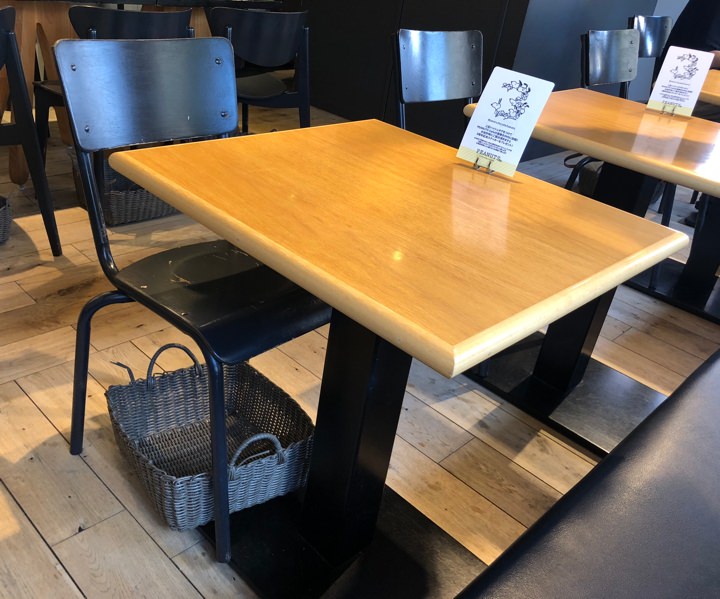
The infamous Japanese toilets
After having been humiliated by an advanced Japanese toilet in a Manhattan townhouse three years ago, I was out for some long-awaited revenge during this trip.
Japanese toilets are infamous all over the world and are are often portrayed as the household appliance equivalent to a jet fighter cockpit with their many buttons and unique features. In reality, Japanese are not that complicated even if you sometimes have to spend a few seconds extra figuring out how to flush.
Flushing didn’t cause that much trouble for me this time around since the buttons often were clearly marked with contrasting color, text in English or placed on their next to the toilet control panels.
Pro tip: Stick to the basics when using public toilets, experiment in your hotel bathroom.
The remaining control panel buttons often had similar icons, but rarely any text in English. This made it difficult to know if you would increase the seat heating, active a bidé function (there are several to choose from), adjust the water pressure or lower the volume of the cozy rain forest sounds being played (bird-chatter was also common).

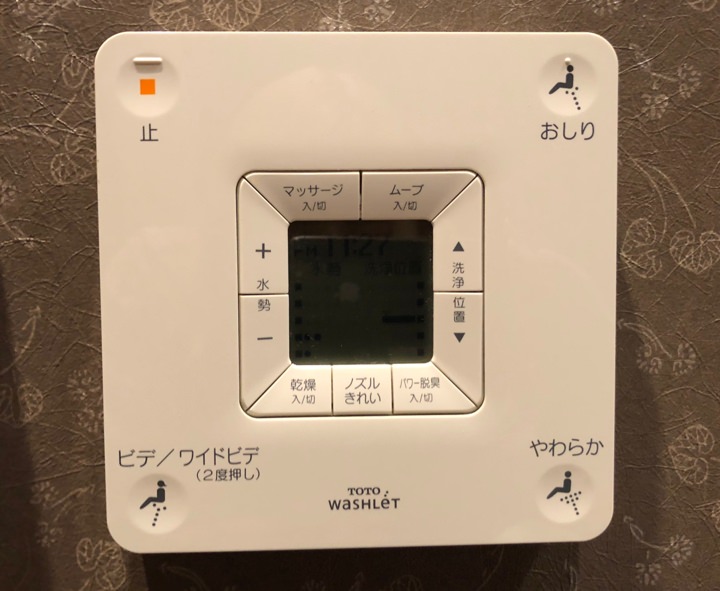


Wrapping up
In addition to great, fun and interesting design choices Japan is an amazing country with rich culture, interesting history, awesome food and lovely people. I highly recommend spending your hard-earned vacation days for a visit.
How you already visited Japan? If so, what user experiences stood out for you? Let me know in the comment section.
Arigato gozaimasu for reading!
/Alexander